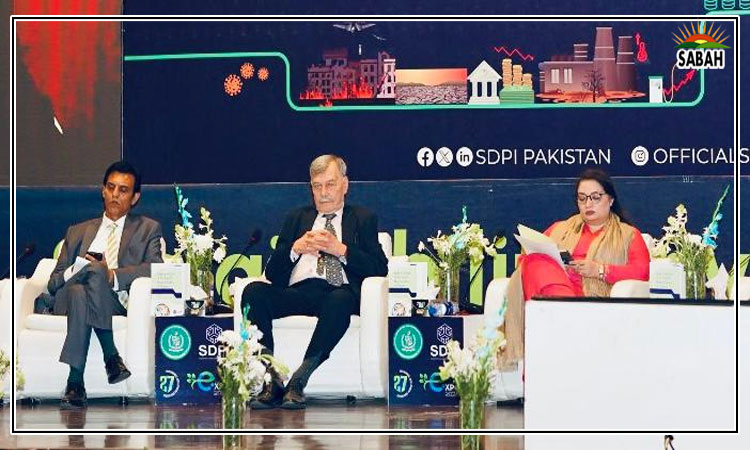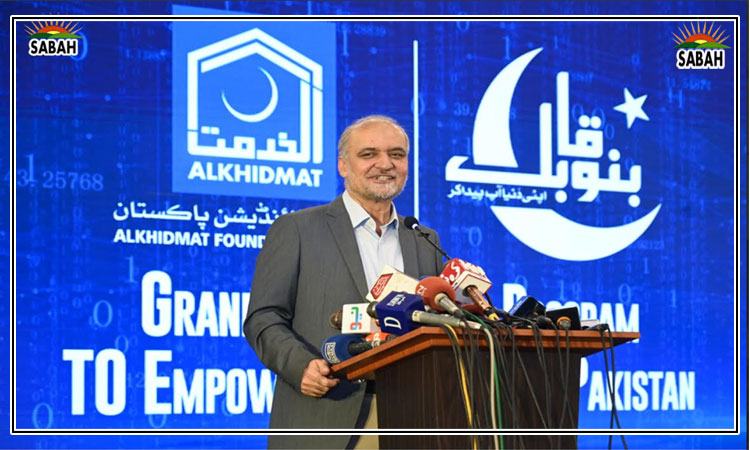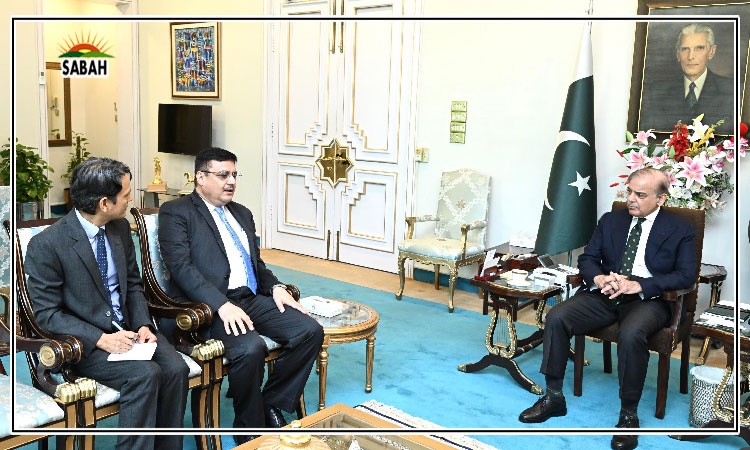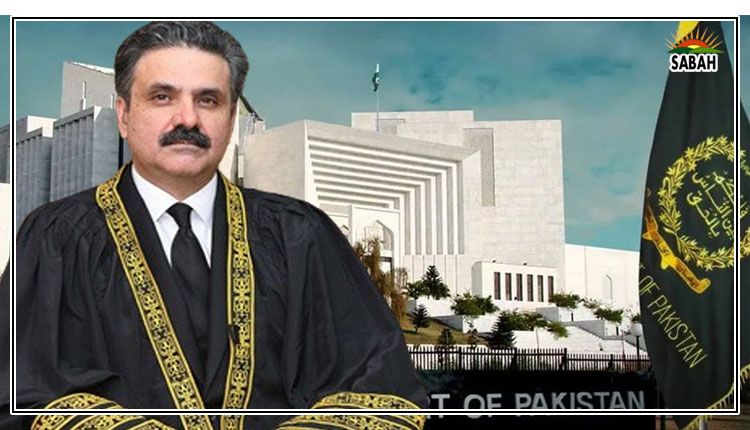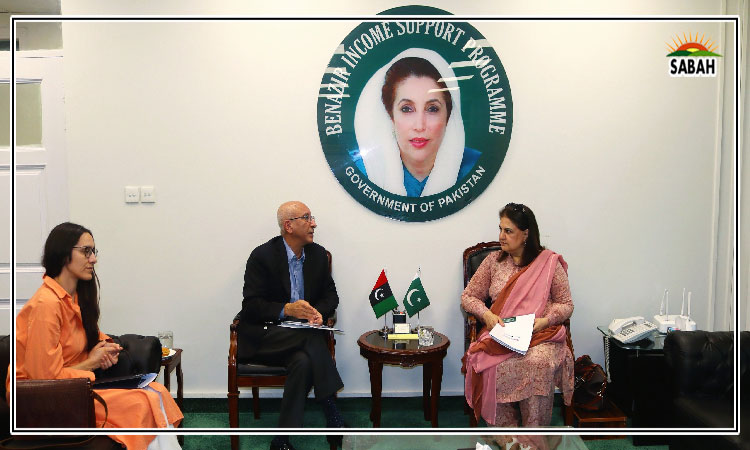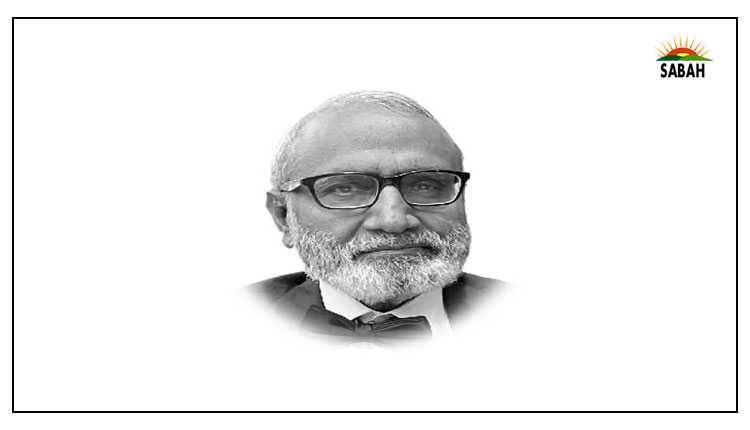Prices and politics…Dr Pervez Tahir
High and rising prices cost more political capital than gains from constituency development projects. This is the conclusion thrown up by the recent trends in the Sensitive Price Indicator (SPI). With the harshest ever IMF programme agreed, the SPI entered double-digit but remained less than 20%. However, the last week of 2021 closed at the combined SPI of 20.05%, with the lowest quintile (Q1) or 20% spending up to Rs17,732 per month experiencing a much higher increase of 21.92%.
This high pressure persisted in January 2022, as Shaukat Tarins sound and fury about the IMF signified nothing. Alarm bells rang in the official political circle. Bypassing Tarin whom Imran Khan had appointed to do something about prices, Shahbaz Gill announced in the end of January that the government not the people would bear the burden of higher oil prices. February started with the abolition of general sales tax (GST) on POL products and downward revision of petroleum development levy (PDL). Just the loss of GST would be around Rs23 billion per month. It was done in the hope that Imran Khans Russian visit on February 24 would bring some relief. In the week ended on the same date, the SPI for Q1 had fallen to 12.33% and well below the combined SPI that itself had declined to 15.90%. Sensing a no-confidence motion by the opposition, Imran Khan personally announced on March 1 the conversion of the Orga recommendation of a price increase into decrease in equal proportion and somewhat same for power tariff. The SPI for the week ending on March 3 went further down to 11.86 and the combined SPI to 15.23. It involved a subsidy of Rs240 billion. Tarins jugglery to meet the deficit by alternative sources failed to impress the IMF, taking down the programme with it.
The resulting uncertainty provided an opportunity to the opposition in and out of uniform. Beware the ides of March, the opposition moved the no-confidence motion on March 8. On March 10, the Q1SPI rose to 13.48% and the combined SPI to 16.49%, but both declined in the following week. As Imran Khan waved his proof of foreign conspiracy against him on March 27 at a public meeting and a group of PTI legislators crossed the floor on March 30, there was a resurgence in both indices until April 7. April 9 was the D-Day, leading to a decline of 14.33% in Q1SPI and 16.44% in the combined SPI on April 14.
As the so-called experienced government completed the process of its formation and Miftah, the technocrat-cum-politician, took over the finance ministry on April 27, the SPI continued to remain somewhat modest until the week ending on May 26. But it took only seven weeks for the coalition government to bring SPI back into the twenties, next four weeks to thirties and another seven weeks into the unprecedented forties. The peak of 45.50% for combined CPI occurred in the week ending on September 1. No doubt it was the inevitable outcome of hard decisions implemented by Miftah to avoid default. His opponents exploited the opportunity to bring back Dar the magician on September 28. Even in the two weeks before assuming office, the news of his arrival pushed down the SPI into thirties. Unfortunately, that is where it has stayed ten percentage points higher than where the PTI left. The restraint in POL prices and power tariff has been neutralised by the skyrocketing food prices and the dollar fixation.
No wonder, it is now PTIs turn to try a no-confidence move.
Courtesy The Express Tribune




